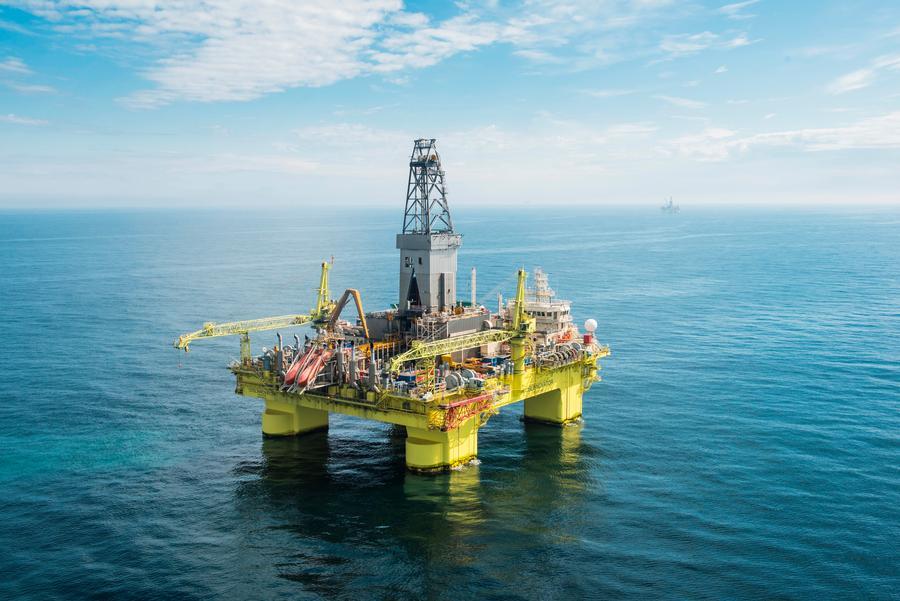
Westwood Global Energy reports that there were five exploration well programmes active on the Norwegian Continental Shelf as of February 24. A total of three exploration wells have completed to date in 2021, from which one commercial discovery was made with total resources of c. 57 mmboe, giving a 33% commercial success rate.
North Sea
Chrysaor spudded the Jerv well on February 18 using the COSLInnovator semi-submersible. The well is targeting the Paleocene Ty and Maureen Formations and a discovery could be incorporated into a development of the nearby Grevling and Storskrymten discoveries. Operations are expected to last for between 39 days in the dry hole case. This represents Chrysaor’s first exploration well in Norway.
Lundin spudded the 16/4-13 S Solveig D Segment exploration well on 12 February with the West Bollsta semi-submersible. The well is targeting Triassic and/or Permian prospectivity immediately north of the Solveig field and a sidetrack may be drilled to test the adjacent Upper – Middle Jurassic Western Wedge prospect. In the success case a discovery will be tied back to the Solveig field. Operations are expected to last for between 39 days in the dry hole case.
The MOL-operated 2/9-6 S Eidsvoll well was spudded on 8 January 2021 with the Maersk Integrator jack-up. The well was targeting a submarine fan complex within the Upper Jurassic Mandal Formation to the south of the Central North Sea. It was announced on 10 February that the well encountered a 250m (820ft) thick interval of the target Mandal Formation, containing poor to moderate quality reservoir rocks. Traces of hydrocarbons were encountered but the well was P&A as a dry hole on 15 February.
The Equinor-operated 31/1-2 S Røver Nord exploration well was spudded on 12 December using the West Hercules semi-submersible. The well made an oil and gas discovery in the Middle Jurassic Brent Group and Lower Jurassic Drake Formation of the Dunlin Group. An appraisal sidetrack well was then drilled to further define the discovery and this was successful in proving oil. The well was abandoned on 29 January and post-drill resources were reported by operator Equinor to be in the range of 44 – 69 mmboe. The discovery is a candidate for a fast-track PDO by 2022.
Equinor spudded the 31/2-22 S Blasto exploration well on 9 December also using the West Hercules semi-submersible. The well was spudded and the top hole completed prior to being temporarily suspended, with the rig moving to the nearby Røver Nord well. The rig has since returned from Røver Nord and operations are currently ongoing at Blasto. The well is targeting the Upper Jurassic Sognefjord Formation in a tilted fault block downdip of the Troll field.
Norwegian Sea
Wintershall Dea spudded the 6507/4-2 S Dvalin North well on 20 February using the Deepsea Aberdeen semi-submersible, c. 6 km north of the Dvalin field. The well is targeting the Middle
Jurassic Ile and Garn Formations with secondary potential in the Upper Cretaceous Lysing and Lange Formations. Operations are expected to last 46 days in the dry hole case. In the success case, a discovery will be incorporated into the Dvalin field.
Barents Sea
Equinor spudded the 7220/7-4 Isflak exploration well on 7 February with the Transocean Enabler. The well is targeting the Middle Jurassic Stø and Lower Jurassic Nordmela Formations at a location between the Havis and Drivis discoveries which form part of the Johan Castberg field development, into which a discovery will be incorporated in the success case.
Recommended for you
